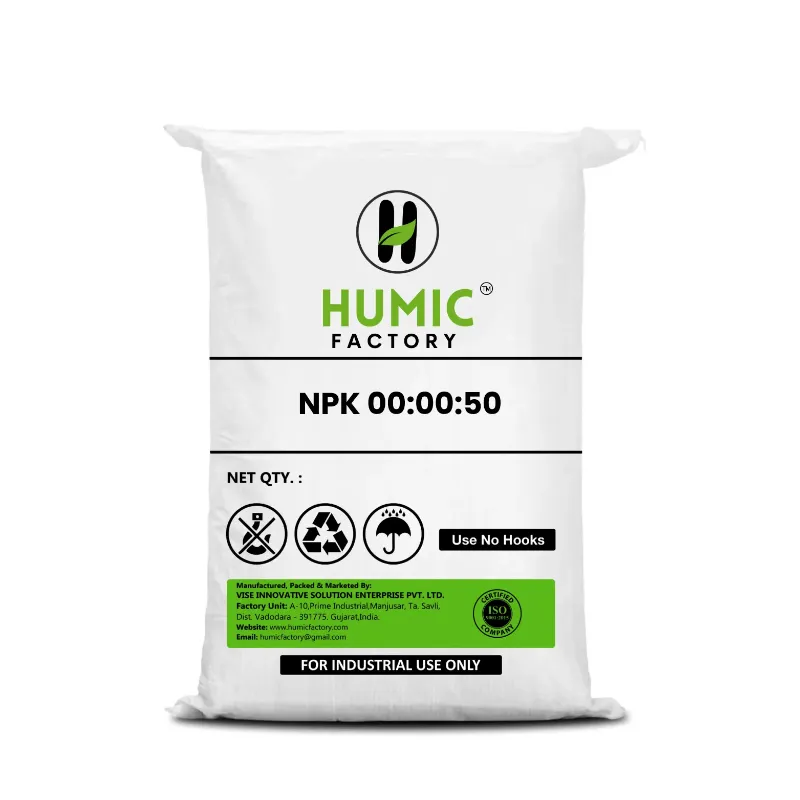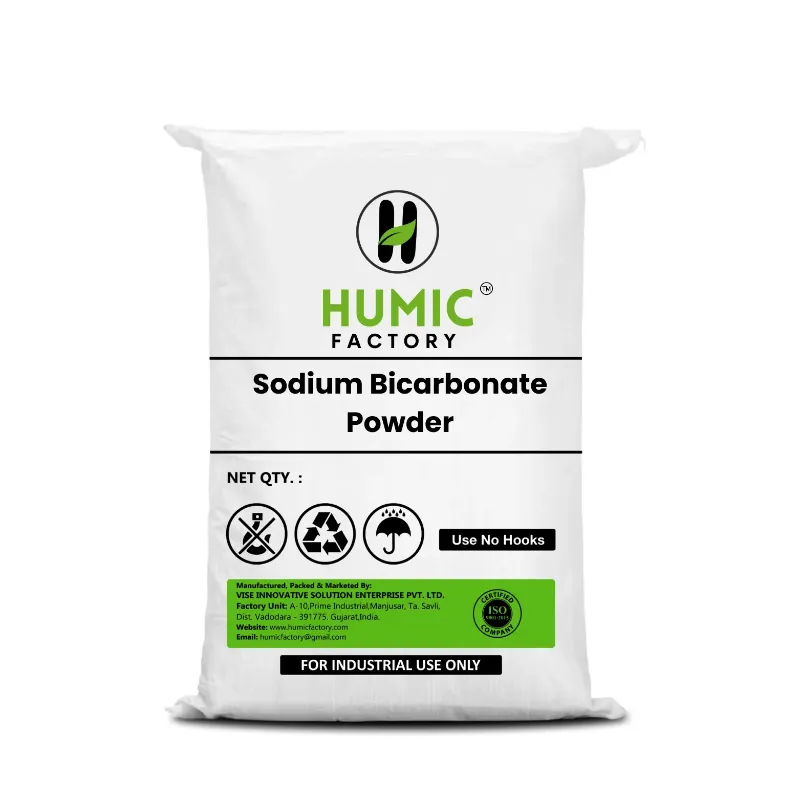What Are Biofertilizers?
Biofertilizers are the natural fertilizers that have living microorganisms. They improve the availability of nutrients to plants when applied, thus enhancing their growth and yield. Biofertilizers are not chemical fertilizers. Instead, they are environmentally friendly and support the long-term maintenance of soil health. The microorganisms in biofertilizers work in symbiosis with plants to enrich the soil and promote plant growth.
The main source of biofertilizers is microorganisms that occur naturally, such as bacteria, fungi, and algae. The microorganisms are vital for soil fertility because they enhance the fixation of nitrogen, break down organic matter, and promote nutrient uptake in plants. Biofertilizers support healthy plant growth and reduce dependency on chemical fertilizers, which may negatively affect the environment.
The Role of Microorganisms in Biofertilizers
The backbone of biofertilizers comes in the form of these microorganisms. Broadly, there are three basic types of biofertilizers which can be included in these: nitrogen-fixing bacteria, phosphate-solubilizing bacteria, and mycorrhizal fungi. Various types of microorganisms enhance soil health and support growth and development.
Nitrogen-Fixing Bacteria: These bacteria, including Rhizobium, Azotobacter, and Azospirillum, convert atmospheric nitrogen into a form that plants can easily absorb. Nitrogen is one of the most essential nutrients for plants, and the use of nitrogen-fixing bacteria in biofertilizers can significantly reduce the need for synthetic nitrogen fertilizers.
Phosphate-Solubilizing Bacteria: This is another critical nutrient source for plants, where in the soil, this appears in an insoluble state. Phosphate-solubilizing bacteria of the type Bacillus and Pseudomonas release phosphorus compounds; the phosphorus compounds breakdown provides the phosphorus compounds required by the plants.
Mycorrhizal Fungi: Mycorrhizal fungi form a symbiotic relationship with plant roots, helping them absorb essential nutrients like phosphorus and potassium. These fungi also improve soil structure, which enhances water retention and root penetration, making them a valuable addition to biofertilizers.
Benefits of Using Biofertilizers
The main source of biofertilizers are microorganisms that provide several advantages over conventional chemical fertilizers. Some of the key benefits of using biofertilizers include:
Better Soil Fertility: The microorganisms present in biofertilizers enhance the fertility of soil by increasing its nutrient value. They break down organic matter and thus liberate the much needed nitrogen, phosphorus, and potassium for healthy plant growth.
Sustainability: Biofertilizers are environment-friendly substitutes for chemical fertilizers. They are non-polluting and cause no harmful residues on the soil, which remains to be a concern in chemical fertilizers that can cause damages on soil structure with continued application.
Reduced Dependency on Chemical Fertilizers: Biofertilizers reduce the dependency of farming on chemical fertilizers by enhancing nutrient availability in the soil. This will reduce the cost of farming, besides reducing the negative impacts of chemicals related to the production and use of chemical fertilizers.
Main source: The most abundant sources of biofertilizers are beneficial microorganisms, which enhance the health status of plants through increased absorption of nutrients and strengthening the roots of plants, improving resistance to disease. These factors enhance fast growth and healthier and robust plants.
Increased Crop Production: With the improvement in soil fertility and support towards plant growth, biofertilizers also enhance crop yields. It is especially beneficial in organic farming, since chemical fertilizers are not used here.
How to Effectively Apply Biofertilizers
Use the correct ways in employing them to achieve the best from biofertilizers. Here are some tips in using biofertilizers effectively:
The source of biofertilizers varies depending on the different types of microorganisms and the specific benefits they can offer for different crops. You have to choose the right biofertilizer for your plants based on the nutrient needs and the conditions of your soil. For instance, if you need to improve nitrogen availability, then choose nitrogen-fixing bacteria.
Biofertilizers must be applied in accordance with the instructions from the manufacturer. Otherwise, they will not be as effective. If they are over-applied or misused, then their efficacy will be lower.
Used in Combination with Organic Matter: Biofertilizers are most effective when applied in combination with organic matter such as compost or manure. Organic matter creates an environment that fosters microbial growth, enhancing the biofertilizer's efficiency.
Application should be in growing seasons when plants have an active uptake of nutrients. That way, they will allow enough time to the microbes to set and start acting with plant roots.
Biofertilizer: the sustainable agriculture practice by Humic Factory
At Humic Factory, we are committed to the promotion of sustainable farming practices. We offer a wide range of high-quality biofertilizers that support soil health and enhance plant growth. Our products, such as nitrogen-fixing bacteria and other biofertilizer solutions, are designed to help farmers improve crop yields while reducing the environmental impact of farming. Choosing biofertilizers from Humic Factory is a step towards more sustainable and eco-friendly farming practices.
Biofertilizers of Future Agriculture
The future for agriculture is in its farming. Biofertilizers are going to bring on the change in such transformations. Biofertilizers come from natural sources-the microorganisms, proving thus a cost-effective alternative from chemical fertilizers that degrade the environment. There are increased demands for food; and as such, their growth in biofertilizers is going to ensure sustainability for farmers in efforts at productivity without harming the environmental conservation.
More than this, advances in biotechnology will lead to more specialized biofertilizers that target specific plant needs. This will mean more precise fertilizer use among farmers, better crop performance, and less environmental harm.
Conclusion
The major source of biofertilizers is microorganisms that improve soil fertility naturally and encourage healthy plant growth. Farmers will save money from the use of biofertilizers and more crop yield from using less chemical fertilizers, thereby ensuring better farming. At Humic Factory, we pride ourselves on supplying the highest-quality biofertilizers that will aid farmers to grow healthier and more productive crops while not harming the environment. In our quest towards a greener future, the use of biofertilizers will significantly play a major role in defining the future of farming.


Submit your contact number to receive exclusive updates
Something went Wrong Please try again!!!
Bulk Purchase
Get Bulk Discount
Get Discount Code now
फोन नंबर सबमिट करे और ऑफर पाए
We believe farming is hard. This is our attempt to support farmers. Submit your contact details to receive a discount and other offers from Humic Factory.

Recommended Products
COPYRIGHT © 2024. All Rights Reserved By Humic Factory


